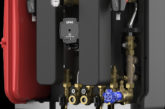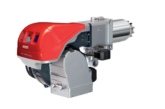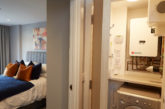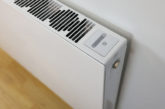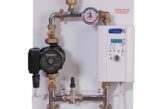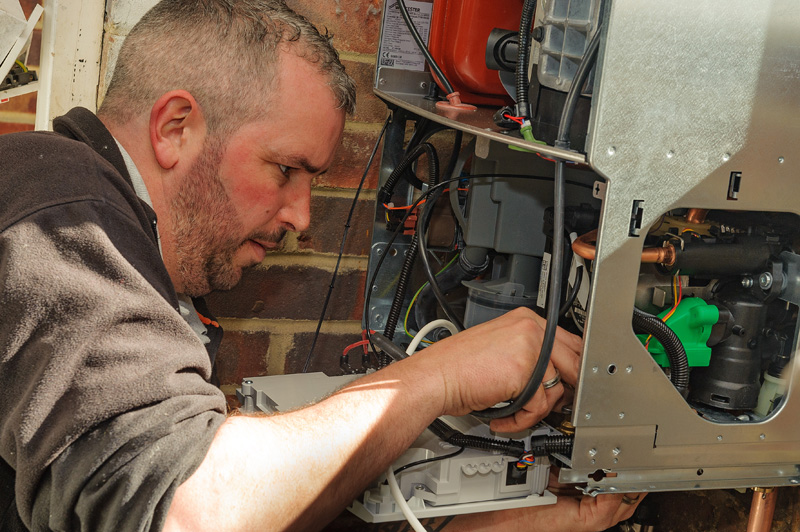
Martyn Bridges, Director of Technical Communication and Product Management at Worcester Bosch, outlines what recommendations you can give to your customer to ensure a boiler installed in a loft space runs smoothly.
Currently around 10% of boiler installations go into the loft space, mainly due to UK houses getting smaller and families growing in size. We are all for converting the house to maximise its floor space, and getting things like boilers out the way is quite a common approach by some customers.
It may seem convenient for them, but there are number of problems that they should be aware of when opting for a boiler in the loft. Here, we’ve put together some things to talk to your customer about if they are considering a loft installation.
Access
Most lofts in the UK are accessible through a small hatch in the roof, with a permanent ladder that folds down. However, these can be quite fragile, particularly if the installer or service engineer has to carry a heavy bag of tools up with them.
To counteract this, ensure you check the ladder’s maximum weight if it has one and ask the customer to secure it firmly before you attempt to climb into the loft. It might seem like common sense to do so but these simple checks can prevent potential accidents. For example, a Worcester service engineer recently hurt himself when a loft ladder snapped in half as he was venturing into the loft.
Flooring and lighting
Usually loft spaces are used for storage, which means that solid flooring may not have been considered. You should check with the customer that they have at least permanent floors from the loft hatch to where the boiler is installed. Not only does it mean you can get to the boiler safely and easily, but it also isn’t in their best interest to have a foot come through the ceiling…
The loft space also needs to be well-lit, particularly where the boiler is. It ensures that you can easily work on the boiler and limits the risk of mistakes due to poor visibility.
System pressure
There may be advantages for the homeowner opting for a loft boiler, however being hidden away means they won’t be able to check on it in passing. For example, if it is a sealed system boiler – which most combis are – they won’t be able to see the pressure gauge as regularly as one installed in a kitchen. This means they wouldn’t be able to spot any abnormalities caused by small microleaks in the system.
This can be avoided if the customer has an automatic filling link – such as the Greenstar Intelligent Filling System – but otherwise it is best to ensure they are aware that although the boiler is out of sight, it shouldn’t be out of mind.
Frozen condensate
The loft is generally classed as outside air, so there is a higher chance of the condensate pipe freezing, particularly during the colder months. Advise your customer to ensure the boiler is well-insulated and fitted with a frost thermostat to ensure the boiler is energised when it is turned off at night.
Safety
Finally, and most importantly, if the boiler genuinely looks like it is in an unsafe location then you are obliged as a Gas Safe Registered engineer to say to the customer that you are unable to work on the boiler. The worst thing that could happen is you have to take time off work due to an accident that could have been avoided easily.
www.worcester-bosch.co.uk/professional


